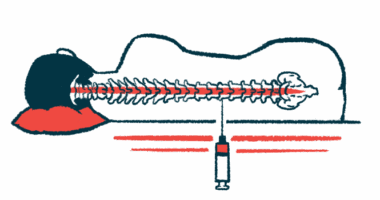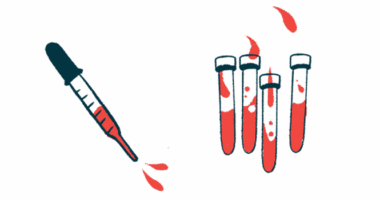Assistive Devices for SMA
Overview
SMA patients often need specialized equipment to help with breathing, coughing, and swallowing, to support them in daily activities and to increase their mobility. Equipment needs depend on the severity of the condition. It can range from simple walking aids, such as braces and grab bars, to electric wheelchairs, bath chairs, breathing and feeding equipment, and car beds for traveling.
Oxygenation and Breathing
Given the frequency and extent of oxygenation and breathing challenges in SMA patients, a number of assistive devices have been developed to help patients overcome these challenges.
Mobility Devices
Children with SMA may need several specialized devices to conduct activities of daily living. An occupational therapist or related provider should assess the patient’s unique abilities and limitations and, in turn, identify equipment and devices that allow patients to function maximally within their abilities and overcome limitations.
Braces
Braces are one amongst a number of rehabilitation techniques that are used in those with neuromuscular disorders like SMA. Their effectiveness is thought to vary depending on the individual case. Children with SMA may have spinal braces as an intervention for scoliosis, or they may use braces on their legs, ankle, or feet to aid in walking.
Feeding
Feeding is often a challenge in people with spinal muscular atrophy (SMA), particularly in those with more severe forms, and feeding difficulties can lead to malnutrition and suboptimal body composition. Loss of ability to sit is associated with the need for feeding support, which occurs earlier in SMA type 1 than in SMA type 2.






